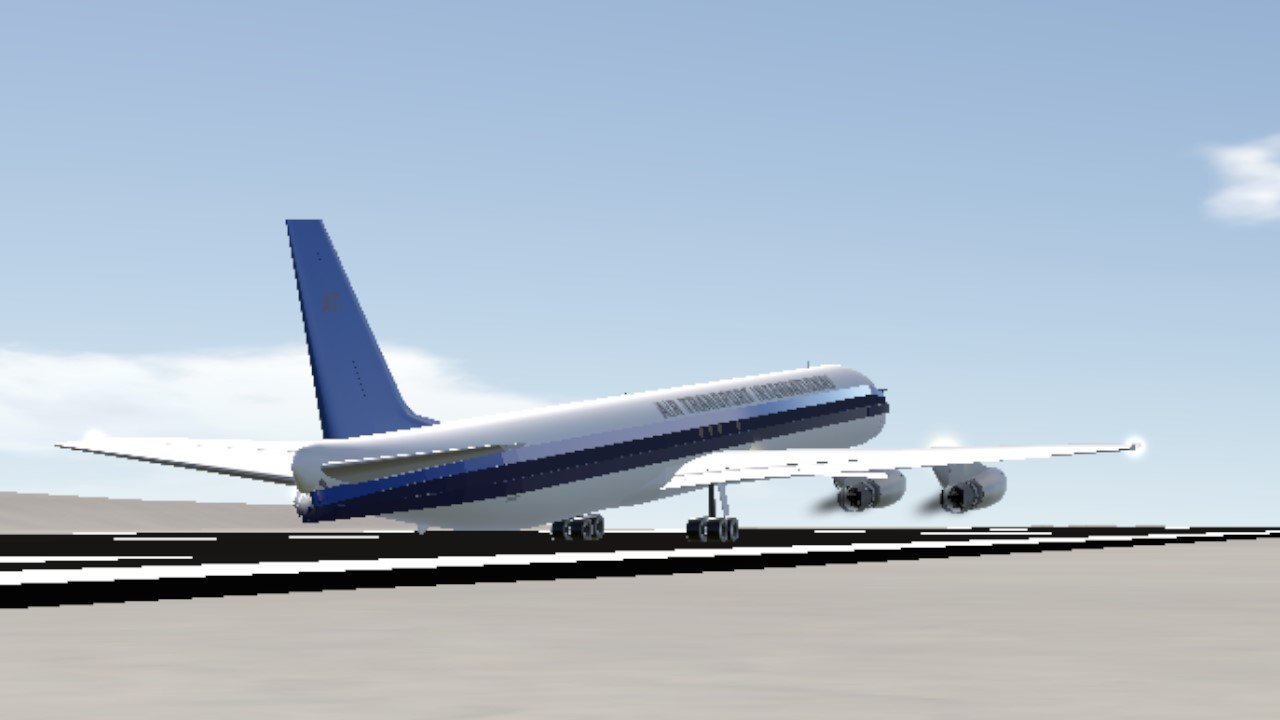
In the world of aviation, there are events so disturbing and improbable that they barely feel real. Adam Air Flight 782 is one of those stories—a living nightmare where small errors snowballed into a situation so grave that everyone onboard, including the pilots, thought survival was slipping away by the minute.
On a humid February morning in 2006, 146 passengers and six crew boarded a 19-year-old Boeing 737 in Jakarta. Their destination, the bustling city of Makassar, should have been just two hours away.
No one, not even the seasoned captain with over 7,000 flight hours, could have imagined that this short journey would become a chilling case study in how organizational decay, technological failure, and human complacency nearly claimed an entire plane over the Java Sea.
This was not a crash, but it was a catastrophe—one that reveals just how quickly things unravel when every safety net fails at once.
The chain of disaster started on the ground, as so many do. The pilots noticed an issue with the plane’s inertial reference unit, a device that helps keep track of the aircraft’s position during flight.
The solution, as chosen by Adam Air’s penny-pinching maintenance team, was to swap in a previously working unit from another plane—a practice that had become almost routine at this low-budget, corner-cutting airline. In just the previous two months, the same airplane had logged 18 separate problems with its navigation system.

The maintenance culture at Adam Air was one of relentless cost-cutting, swapping parts, resetting circuit breakers, and hoping for the best. It was a company more interested in keeping planes moving than keeping them safe, and this short-sightedness would nearly cost the lives of everyone on Flight 782.
With their flight plan loaded into the system and both navigation units appearing to function during preflight checks, the pilots pressed ahead.
The cockpit atmosphere was casual, even distracted: three trainee flight attendants were scheduled to take turns in the cockpit for their quizzes—unauthorized by the airline and serving only to steal the crew’s attention at critical moments.
The captain and first officer had no reason to expect trouble as the 737 thundered off the runway and climbed into the sticky Indonesian sky.
Cruising at 33,000 feet, the autopilot was initially guided by the “good” inertial reference unit. But only 15 minutes after takeoff, as the crew asked for and received a shortcut en route, the flight management system quietly switched its source to the newly installed, and as it turned out, faulty unit.
With no GPS onboard—common for 737-300s of the era—the aircraft’s position was determined only by these reference units, sometimes aided by radio beacons when in range.
Over the sea, however, those beacons were absent, and the navigation display, drawing data from the faulty unit, told the pilots that everything was normal. In reality, the aircraft was beginning a slow, wide, and deadly turn to the south.

In the cockpit, nothing seemed wrong, and the warning that did flash up, IRS NAV ONLY, was dismissed by the pilots as normal for oceanic flight. They had no way of knowing that the airplane was now going hundreds of miles off course with every passing minute.
Meanwhile, air traffic control—supposed to be a critical safety backstop—failed spectacularly. The system intended to flag route deviations had been mistakenly set to alert at 20 miles off course instead of 10, and as the aircraft crept further away from its planned airway, the controllers’ attention was on other flights.
In the cockpit, the captain was busy quizzing trainees, the sun was rising at the wrong angle, and only a cabin crew member noticed that something didn’t add up, suggesting the plane was heading south instead of east.
But her warning was brushed aside, and the captain simply covered the window with paper to block the glare. No one saw what was happening. Not the pilots, not the controllers, and certainly not the hundreds of passengers in the cabin who believed everything was routine.
The plane continued to drift further and further from its destination, slipping in and out of radar coverage. By the time the deviation reached the threshold that should have triggered alarms, the aircraft had already left the radar’s reach. There was no one left to spot the mistake.

For every minute of flight, Flight 782 was now going nearly seven nautical miles off course. The pilots, still trusting their displays, began to prepare for descent, convinced they were only minutes from landing in Makassar.
In reality, they were headed over the vast, unfamiliar expanse of southern Indonesia, about to cross as many as 14 different airways filled with other air traffic.
As the airplane started down from cruise, the captain finally noticed something odd—mountains where there should have been none.
The navigation display said they were approaching Makassar, but the terrain didn’t match any charts. Attempts to cross-check their position using radio navigation aids failed, as none of the frequencies produced any signal. The faulty inertial unit continued to feed the autopilot and navigation display false data.
Suddenly, the autopilot disengaged for no apparent reason. The captain took manual control, but now the confusion in the cockpit reached fever pitch.
Turning to the magnetic compass, the pilots were horrified to find they were heading southwest, not east as expected. For the first time, they realized they were truly lost—and not just lost, but with no clear idea how to get back.
Radio calls to air traffic control went unanswered, as the aircraft was now out of range of any ground station. In desperation, the first officer began calling other aircraft on the international distress frequency, hoping someone could spot them on radar and relay their location.
At one point, a Republic Express Airways crew said they could see the Adam Air flight on their collision-avoidance system, giving a fleeting sense of hope.

But this was only a case of mistaken identity—two aircraft hundreds of kilometers apart. The glimmer faded, and panic crept into the cockpit.
Fuel was now becoming a problem. As minutes ticked away, the pilots realized they were not just lost but running out of time to save everyone aboard.
The first officer’s instruments went dead, and the captain had to fly the aircraft by hand, with only standby instruments. The pressure was crushing.
The pilots tried every trick in the book—switching navigation sources, re-entering the heading, using the quick reference handbook—but nothing worked.
They didn’t know their true location, didn’t know which radio beacons to try, and had no way to even begin to guess where they might be. The possibility of having to ditch in the sea became terrifyingly real.
Only sheer luck saved them. Rolling the aircraft from side to side, desperately scanning the jungle and mountains below, the first officer finally spotted a strip of concrete—a runway, almost miraculously appearing out of nowhere. There was no time for airport charts or approach briefings.

The captain made a quick PA to the passengers, admitting there had been a navigation problem and that they would be landing somewhere soon, but even then could not say where.
The crew quickly configured the plane for landing, hoping against hope that the runway was long enough and clear enough to take a 737. It wasn’t an airport meant for big jets, but it was the only hope left.
At 9:20 in the morning, with hundreds of lives hanging in the balance, Adam Air Flight 782 slammed down onto the runway at Tambolaka Airport on the island of Sumba—some 500 kilometers from where it was supposed to be.
The passengers, shaken and bewildered but alive, had survived what could easily have been a fatal disaster. The pilots, stunned at their luck, discovered only after landing that they were hundreds of miles from their intended destination.
In the aftermath, Adam Air’s dangerous business model was exposed to the world. The airline’s systemic neglect, repeated navigation system failures, and cost-cutting practices led directly to this incident. But the nightmare was far from over.
Within a year, another Adam Air flight would vanish into the sea with all on board lost, and soon after, the airline was banned and ultimately bankrupted.
Flight 782 stands as a stark warning to the world—this was not just a case of pilot error, but the inevitable result of an airline that valued profit over people, and a regulatory system too weak to stop them.
The passengers of Flight 782 were not saved by procedure, but by luck, and luck is never a strategy for survival in the sky.


-1751176979-q80.webp)
